Summer arrives like a floodlamp aimed right at your eyes. You open the door one day and suddenly you feel like you’re swimming because it’s so humid, and how come you’re already sweating after five seconds? Wasn’t it just spring yesterday?
While it’s a shock for us, it can be even more of a shock to our pets, who deal with the summer temps in ways that we don’t. So let’s look at the ways to keep your pups safe now that the heat is on.
SUN AND HEAT
First of all: DO NOT LEAVE YOUR PET IN A HOT CAR! This should go without saying, but so should “Please don’t hit your brother” and “I think you’ve had enough potato chips.” Sometimes the common sense isn’t really there, but in this case it can mean death for your pet:
It isn’t safe, and almost more importantly, it isn’t humane. Nobody should have to sit in temperatures like that. In many states it’s illegal to leave your pet in a hot car, and legal for passers-by to break out car windows if a dog is trapped.
That’s not the only danger from the heat, though. When you take your pup for walks, the pavement is way hotter than the air, enough that it can damage your pup’s feet! Nobody wants that, especially your pup. Here, look:
So what to do? A few different things: walking during cooler times of day, protective booties or paw pad coverings, and more. Head on over here for some more ways you can protect your pup’s feet.
Dogs can get sunburn just like people, so watch the amount of time they’re out in the sun. Apart from it being painful for them, it also increases the risk of skin cancer. You can buy sunscreen for dogs, don’t use human sunscreen on them; they’re formulated differently, so it can be dangerous for them.
If you have a brachycephalic pet, take extra special care with them. These breeds (you may know them as “smush-faced” pets like pugs) have a harder time breathing because of the way they were bred. These poor babies have an even harder time dealing with the heat because they can’t pant as well as other breeds.
WATER
Along with all of that, there’s the worry of dehydration. Dogs pant to keep themselves cool, which rids the body of excess heat, but also takes moisture with it, so the longer a dog is outside, the more they pant, and the more dehydrated they become.
The solution? Lots of fresh, clean water. Fountains are good. Some time with the water hose is nice for some pups, too. Or hey, what about a nice big bowl of cool, fresh water that gets replaced often? That works, too.
Something a lot of people don’t know is that you should NOT shave your dog in the summertime. “Oh, but all that fur! They get so hot with it!” The truth is that they actually get hotter without it. It acts as a shading device for their skin, so it actually prevents them from overheating and getting sunburn. By shaving them, you’re removing their natural defense against warm weather. Trimming long fur is totally fine, but fur serves a purpose, so keep it!
If you really want to cool them down, though, get them a kiddie pool! They can splash around and cool down their skin, and it’s a great way for them to get some exercise.
But most important is to know the signs of overheating in dogs, so you can recognize when it’s time to head inside and cool down. Basic signs are very increased panting, drooling, difficulty breathing, mild weakness or stupor, and even collapsing.
HAZARDS
Summer brings with it it’s own set of hazards to watch out for.
Since your dog is likely to be spending more time outdoors, make sure that any rodenticides or pesticides or fertilizers you’re using on your lawn are safe for your pet, and that any remaining chemicals are well out of their reach.
But some of the things we use to make summer a little more tolerable for us can be hazardous, too. One we don’t think of enough is a swimming pool. Most folks assume that their dog has a natural swimming ability, but that’s not always the case. Don’t let your dog hang out at the pool unsupervised, and rinse them off afterwards to make sure you’re getting salt and chlorine off of them. If you’re bringing them on a boat, make sure they have a vest or some other floatation device. And don’t let them drive the boat; they’re not very good at that.
Insect repellants should specifically mention being okay for pets, just like sunscreen. Citronella candles, tiki torches, and insect coils are a no-no, so keep them out of reach.
Having a barbecue? Keep all those foods poisonous to your pets way out of reach. Chocolate, artificial sweeteners like xylitol, garlic and onions, and grapes and raisins are all bad for your pup, not to mention all those cold brews you’re sipping on. Want a better list? Head on over to our blog on what human foods are bad for pets for some more info.
Fireworks are another indelible part of summer, and holy moly are they dangerous for your pet. Obviously they shouldn’t be ingested, but explosives can obviously have a very permanent effect on your furry friend, not to mention that many of them are very scared by the noise of them. Be good to your pup and leave them inside, preferably in an interior room most isolated from all the noise.
THE BIGGER THREAT
More than any of these things, there’s another danger during summer, and that’s fleas, ticks, heartworms, and intestinal parasites. Getting your pup a check-up at the beginning of summer gives you a nice baseline to start from. You can get a heartworm test and be sure your pup is heartworm free, and then get them on a preventative. Truthfully, you should be keeping them on preventative year-round. The idea that there’s no danger in the colder months is a huge fallacy; ticks, for example, just hibernate, and not until summer. Often it only takes for winter to thaw a little for them to survive, and then they’re right back to their reign of terror. Getting your pup on a steady regimen of preventative ensures that there won’t be any fatal mistakes, and the two of you can live a long, healthy life together.
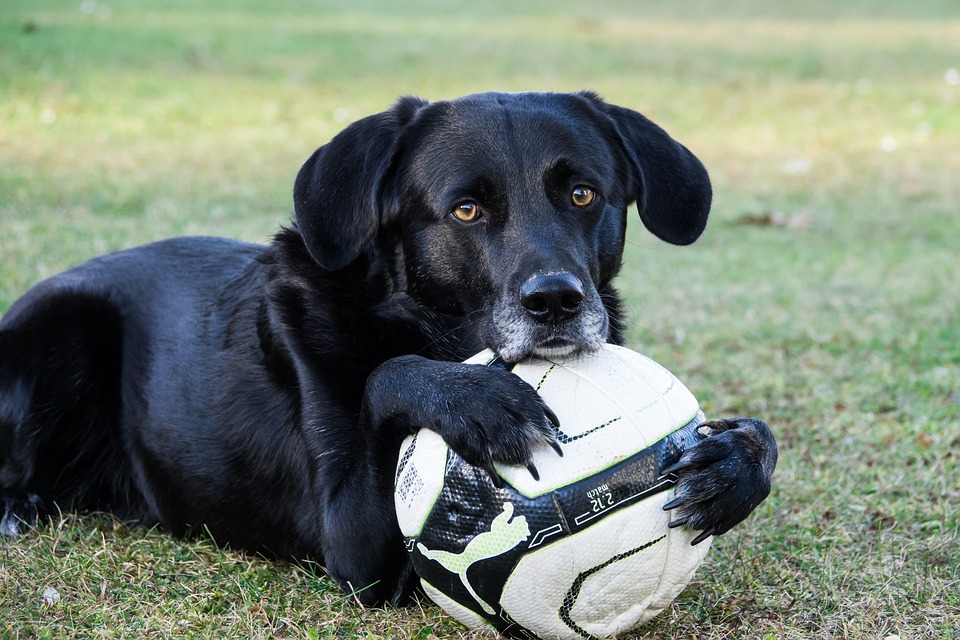
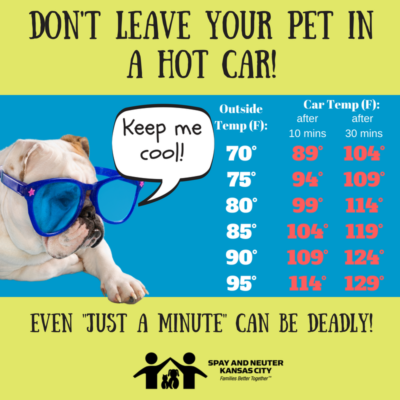
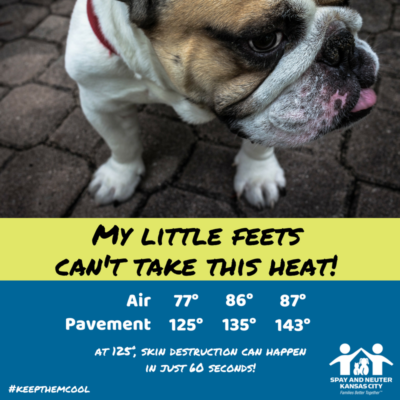
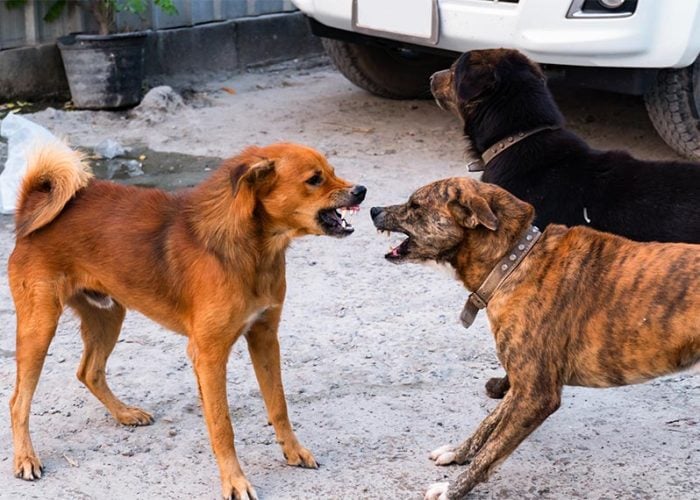
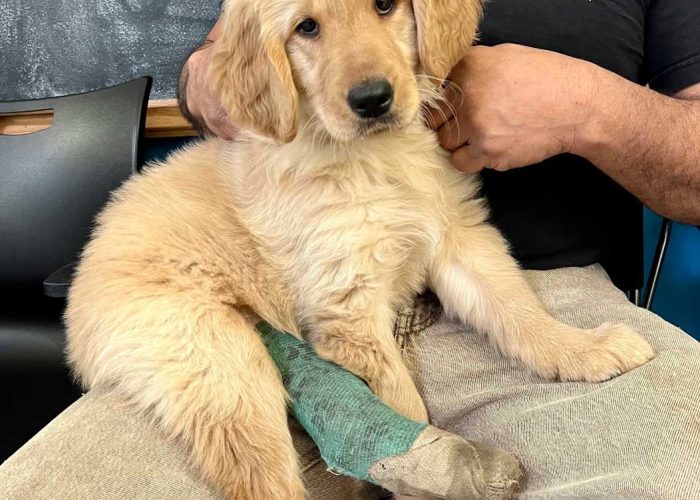
What an exquisite article! Your post is very helpful right now. Thank you for sharing this informative one.
Great Article! Thank you for sharing this is very informative post, and looking forward to the latest one.